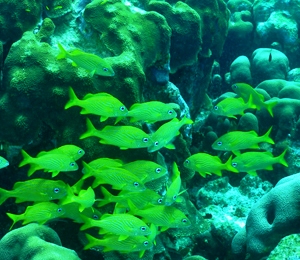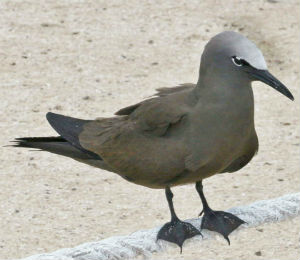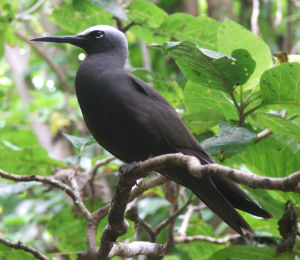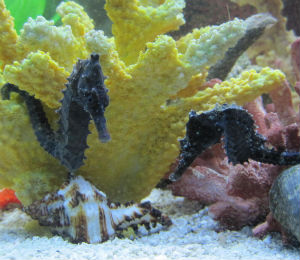Not only is Key West Snorkeling an excellent way to spend a vacation, snorkeling also provides a unique opportunity to view a wide range of species that call the tropical reefs of the Caribbean home. The French Grunt (Diabasis flavolineatum) and Blue-Striped Grunt (Haemulon sciurus) are two such species. Both fish are remarkably common in Key West’s tropical reefs, and can be observed by divers swimming in large groups, called schools, around the coral.
The Blue-striped grunt spends most of its time in shallow reefs or hovered over sea grasses. The fish is sometimes called the boar grunt, the humpback grunt, or redmouth grunt. Occasionally, the species can be spotted swimming around the tangled roots of mangrove roots. The fish tends to congregate in small groups. In doing so, blue-striped grunts will face each other and push each other with their mouths. Marine biologists do not know why the grunts do this, but most believe that the pushing is either a courtship method or a way to maintain territory. The blue-striped grunt has blue stripes and a yellow body. The fish is typically 12 to 14 inches in length.
In the Caribbean, the French grunt is colloquially referred to as the banana grunt, yellow grunt, or gold-laced grunt. The French grunt swims in schools that sometimes reach up to thousands of fish. These populous groups zig and zag around the reefs in Key West, and are oftentimes the first fish species divers see on a snorkeling trip. The gold-laced grunt has a white or bluish body with brilliant yellow or orange stripes. The fish’s head, which has a sort of compressed shape, has yellow spots. The French grunt is usually around 7 inches in length.
The French grunt and blue-striped grunt are considered too small to have much value to American commercial fisherman. However, they are popular additions to any saltwater aquarium, and are fan favorites on snorkeling trips.




